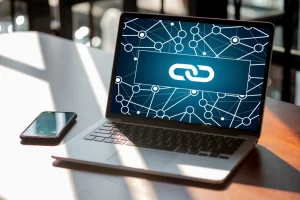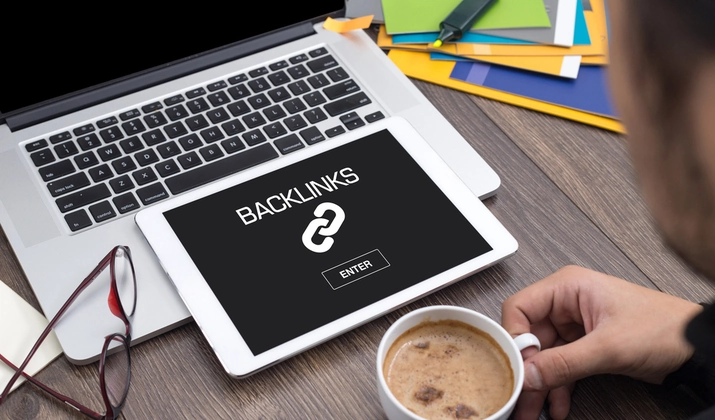Removing harmful backlinks is key to SEO success. Search engine algorithms constantly change. Staying on top of backlink maintenance is vital to prevent penalties and maintain online credibility. Manually finding and removing these links can be a challenge, especially for larger websites. However, strategies and tools can simplify this process, making it more efficient and effective. Tools help SEO providers identify and remove links quickly. This saves time and reduces the risk of penalties. SEO providers can use these tools to safeguard their clients’ online presence. The goal is to remove bad links and maintain a healthy online reputation. By using the right tools and strategies, SEO providers can achieve this goal and protect their clients’ websites.
Key Takeaways
- Utilize tools like Ahrefs or Moz to identify and analyze suspicious links for efficient removal.
- Leverage the Google Disavow Tool to remove harmful backlinks and prevent penalties.
- Contact webmasters directly to request link removal, increasing the chances of successful removal.
- Implement automated link removal services to streamline the process and save time.
- Regularly monitor backlinks and anchor text patterns to prevent future manipulative links.
What Are Harmful Backlinks?
Harmful backlinks are low-quality or manipulative links from external websites that point to your domain, negatively impacting your website’s credibility and search engine rankings. Identifying and removing these links is vital for SEO providers. Learn how to remove harmful backlinks to improve your website’s online presence and credibility. This process is essential for maintaining a healthy backlink profile.
Types of Harmful Backlinks Found
Within the domain of backlink profiles, numerous types of low-quality or manipulative links can have a detrimental impact on a website’s credibility and search engine rankings. Examples include comment spam, forum signature links, and paid links from low-authority sites. Additionally, links from hacked sites, malware-infected sites, and sites with thin or duplicate content can also harm a website’s SEO.
Identifying Harmful Backlink Sources
Backlink audits often begin with a thorough examination of a website’s link profile, uncovering the sources of low-quality or manipulative links that can negatively impact search engine rankings. To identify harmful backlink sources, analyze the referring domains, IP addresses, and anchor text patterns. Tools like Ahrefs or Moz can help pinpoint suspicious links, guiding SEO providers on how to remove harmful backlinks effectively.
How to Remove Harmful Backlinks
Approximately 90% of link removal efforts revolve around identifying and eliminating manipulative or low-quality backlinks that can negatively impact a website’s search engine rankings. To remove harmful backlinks, SEO providers can use the Google Disavow Tool, contact webmasters directly, or leverage automated link removal services. Effective removal requires a strategic approach to guarantee successful “how to remove harmful backlinks” efforts.

Preventing Future Backlink Penalties
Effective removal of manipulative or low-quality backlinks is merely the first step towards protecting a website’s online reputation. To prevent future backlink penalties, SEO providers must implement robust link-building strategies, focusing on quality over quantity. Regular backlink audits and monitoring can also help identify potential issues before they escalate, ensuring a website’s long-term visibility and credibility in search engine results.
Frequently Asked Questions
Can I Recover From a Google Penalty for Backlinks?
Recovering from a Google penalty for backlinks is possible, but requires prompt action and a thorough cleanup of low-quality links. Correcting anchor text distribution and filing a reconsideration request can help regain lost ranking positions and credibility.
How Long Does It Take to Remove All Harmful Backlinks?
Removing all harmful backlinks can be a time-consuming process, often taking several weeks to months. Factors such as the number of backlinks, Google’s crawl rate, and the efficiency of removal efforts influence the duration of this process.
Can I Use Automation Tools to Remove Backlinks?
Automation tools can be utilized to identify and remove backlinks, but manual review and verification are vital to guarantee accuracy and prevent legitimate links from being removed, thereby minimizing potential negative impacts on SEO.
Should I Remove All Backlinks From Low-Authority Sites?
Removing all backlinks from low-authority sites may not be necessary, as some may still hold value or relevance. Instead, assess each site’s quality and relevance to your content, and consider a selective removal strategy.
Will Removing Backlinks Affect My Website’s Ranking Immediately?
Removing backlinks can have both immediate and delayed effects on website rankings. Immediate drops may occur if removed links substantially contributed to ranking, while delayed effects result from Google’s continuous algorithmic updates and crawls.
Conclusion
Effective removal of harmful backlinks is vital for maintaining online credibility and visibility. Streamlining the process through automated link removal services and tools enables SEO providers to efficiently eliminate low-quality backlinks. Regular audits and monitoring of anchor text patterns aid in identifying potential issues. By implementing these strategies, the risk of future penalties is mitigated, and online presence is improved. This approach is essential for SEO providers to guarantee their clients’ websites remain compliant with search engine guidelines.
You May Also Like To Read:
